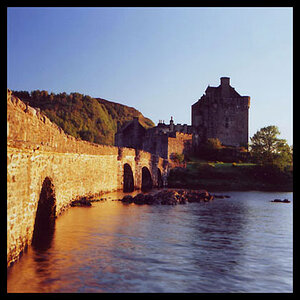Jack2013
TPF Noob!
- Joined
- Oct 16, 2013
- Messages
- 48
- Reaction score
- 3
- Location
- United Kingdom
- Can others edit my Photos
- Photos NOT OK to edit
Hi all,
I purchased one of those macro lenses that screw onto your main lens a while back and had a question for you.
Would the lens work better attached to my 18-55mm kit lens or 55-200mm telephoto lens?
I'm guessing for close up work it would be better on the kit lens but then I thought about the additional zoom/magnification of the telephoto lens..
I look forward to your replies!
Cheers
Jack
I purchased one of those macro lenses that screw onto your main lens a while back and had a question for you.
Would the lens work better attached to my 18-55mm kit lens or 55-200mm telephoto lens?
I'm guessing for close up work it would be better on the kit lens but then I thought about the additional zoom/magnification of the telephoto lens..
I look forward to your replies!
Cheers
Jack


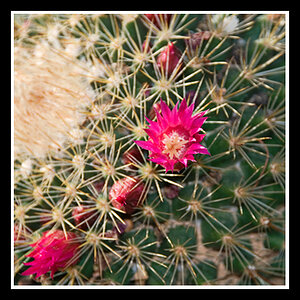
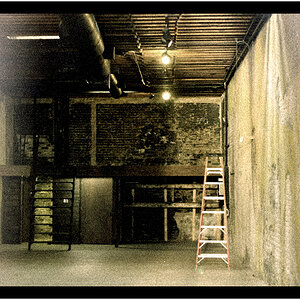
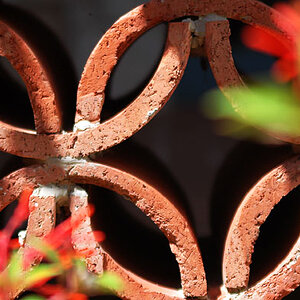
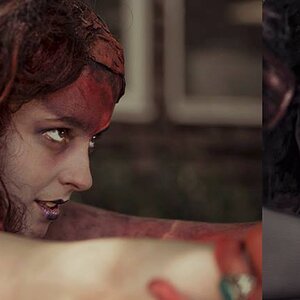
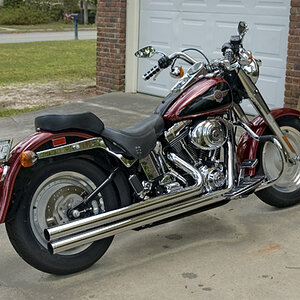
![[No title]](/data/xfmg/thumbnail/39/39225-99d579cd498f8f152a288d7e8e7ad2a4.jpg?1619738926)

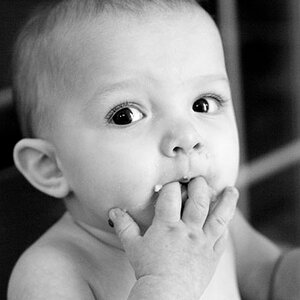

![[No title]](/data/xfmg/thumbnail/34/34343-b06994e286a2089b404358d95c37eaf0.jpg?1619736378)
